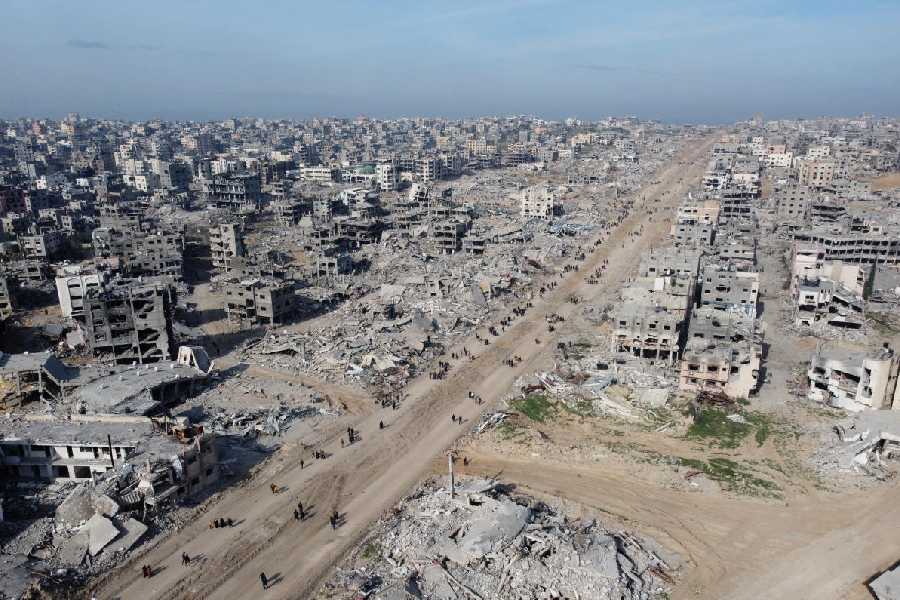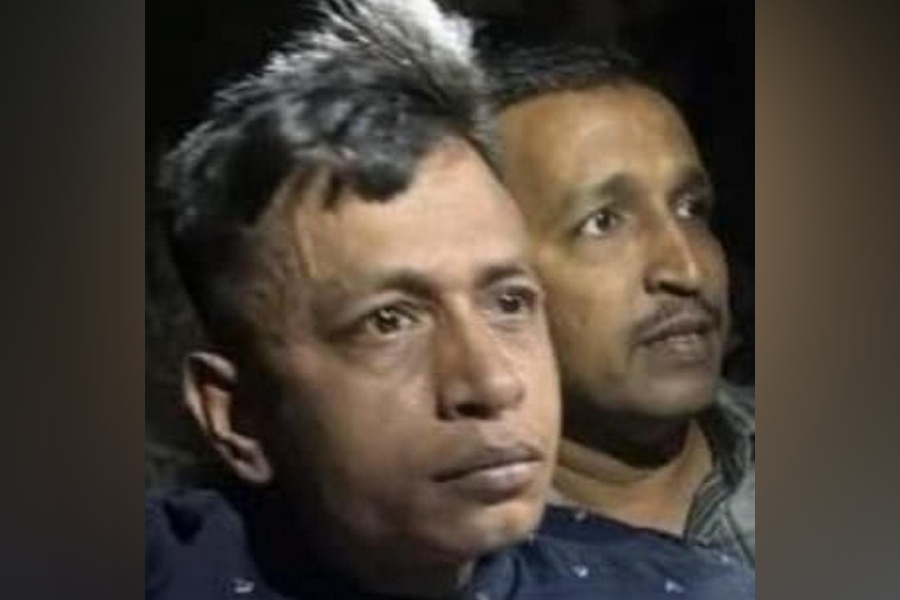The Sourav Ganguly-led cricket committee of the International Cricket Council (ICC) has made several changes to the playing conditions across formats, which will come into effect from October 1. The T20 World Cup in Australia will be played with the new rules in place. The ICC’s cricket committee recommended the changes to the playing conditions in MCC’s updated third edition of the 2017 Code of the Laws of Cricket.
The main changes to the playing conditions are:
Batters returning when caught: When a batter is out caught, the new batter will come in at the end the striker was, regardless of whether the batters crossed prior to the catch being taken.
Use of saliva to polish the ball: This prohibition has been in place for over two years in international cricket as a Covid-related temporary measure and it is considered appropriate for the ban to be made permanent.
Incoming batter ready to face the ball: An incoming batter will now be required to be ready to take strike within two minutes in Tests and ODIs, while the current threshold of 90 seconds in T20Is remains unchanged.
Striker’s right to play the ball: This is restricted so as to require some part of their bat or person to remain within the pitch. Should they venture beyond that, the umpire will call and signal dead ball. Any ball which would force the batter to leave the pitch will also be called no ball.
Unfair movement by the fielding side: Any unfair and deliberate movement while the bowler is running in to bowl could now result in the umpire awarding five penalty runs to the batting side, in addition to a call of dead ball.
Running out of the non-striker: The playing conditions follow the Laws in moving this method of effecting a run out from the ‘Unfair Play’ section to the ‘run out’ section.
Bowler throwing towards striker’s end before delivery: Previously, a bowler who saw the batter advancing down the wicket before entering their delivery stride, could throw the ball to attempt to run out the striker. This practice will now be called a dead ball.











